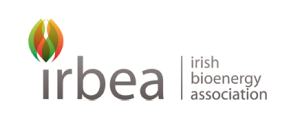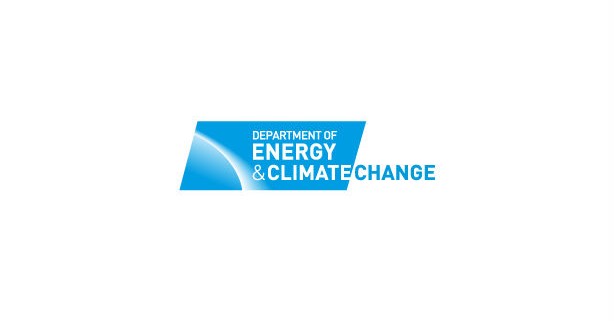Press Release: IrBEA welcomes Government’s biofuel blend increase to 10%
Statement from Irish Bioenergy Association
The Irish Bioenergy Association (IrBEA) welcomes the Government’s announcement that the biofuels obligation rate will increase from 8% to 10% from January 1st 2019. The decision was taken this week by Minister for Communications, Climate Action and Environment, Denis Naughten. IrBEA responded to the open consultation on the BOS in January 2018 recommending and supporting the proposed increase.
Ger Devlin (IrBEA CEO) stated: “Biofuels represent nearly all of the carbon emission reductions achieved by Ireland in the transport sector in the last decade. Their continued use during the infrastructural transition to electric vehicles and renewable generated electricity is crucial if we are to reach our climate targets for 2030 and 2050. The new blend rate will now displace c.600 000 tonnes of CO2 annually.”
The International Energy Agency (IEA) forecasts that biofuels will need to make up a third of the world’s total transport energy by 2050 if the Paris climate targets are to be met, making them as important as electromobility and efficiency in decarbonising transport the transport sector.
IrBEA supports sustainably produced EU biofuels with low iLUC impacts such as conventional bioethanol and biodiesel (the main biofuels used in Ireland today). Sustainably produced biofuels are an important part of the global bioeconomy revolution. As a world leader in agriculture, Ireland is ideally positioned to benefit from growth in the bioeconomy. The Irish government should continue to implement policies – such as the biofuels obligation – that support the sector.
James Cogan, Head of the Biofuels Transport Group within IrBEA, said:
“Europe has been dithering over transport climate action for the last decade but the climate problem hasn’t gone away. Indeed transport carbon emissions have grown in the period. In raising the biofuels obligation Ireland is grabbing the bull by the horns. Conventional EU sourced biofuels and biogas are safe, effective, economical and scaleable, and they act as an anchor for bioeconomy innovation and investment. The next decade has to be about confidence, progress and growth.”
With over 200 members, IrBEA is the national association representing the bioenergy industry on the island of Ireland. The main objectives of the association are to influence policy makers, to promote the development of bioenergy and to promote the interests of its members. Improving public awareness, networking and information sharing and liaising with similar interest groups are other key areas of work in promoting biomass as an environmental, economic and socially-sustainable energy resource. www.irbea.org and www.bioenergyfutureireland.com
ENDS



